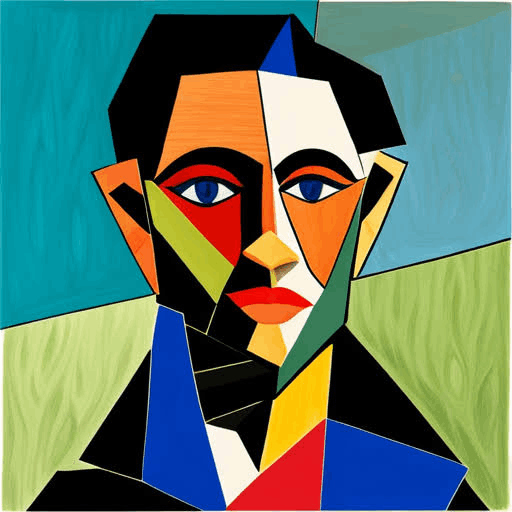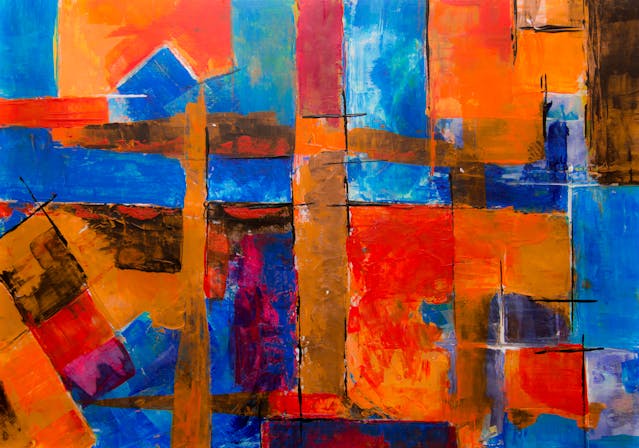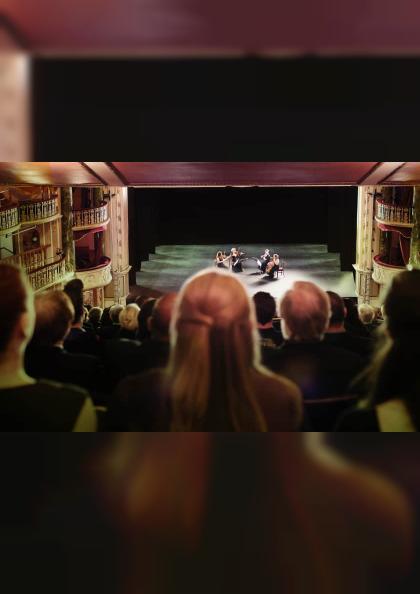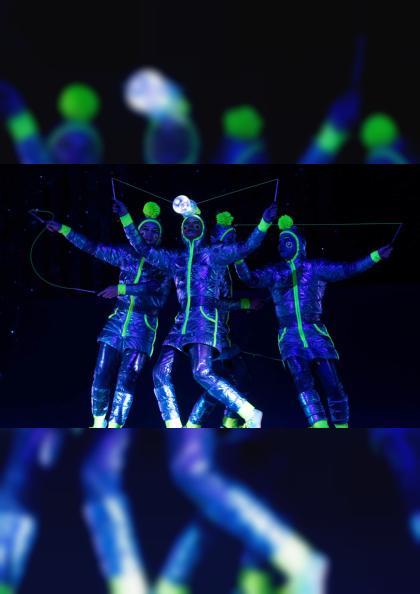Cubism: Deconstructing Reality and Fragmenting Forms
Cubism, one of the most revolutionary movements in the history of modern art, radically changed how we perceive the world. Emerging in the early 20th century, it challenged traditional notions of perspective, form, and representation. Artists like Pablo Picasso and Georges Braque led the charge, deconstructing reality and offering new ways to view objects, people, and spaces. This groundbreaking style was not just a visual shift but a conceptual one, inviting viewers to see the world in fragmented, abstracted pieces.

The Birth of Cubism
Cubism first emerged around 1907, marking the beginning of a new artistic era. It was a direct response to the constraints of traditional perspective in art, where objects were depicted realistically and from a single viewpoint.
The Pioneers
Pablo Picasso’s Les Demoiselles d'Avignon (1907) is often considered the starting point of Cubism. This piece broke from conventional artistic styles, featuring disjointed, angular forms and a sense of abstraction. Picasso’s collaboration with Georges Braque in the following years solidified the movement’s principles, as they both began exploring new ways to depict subjects from multiple perspectives simultaneously.
Key Influences
-
African Art: The bold, abstract forms of African sculpture influenced Picasso’s approach to breaking down human figures.
-
Cézanne’s Geometrization: The French post-impressionist painter Paul Cézanne’s approach to simplifying nature into geometric shapes also paved the way for Cubism.
Characteristics of Cubism
Cubism is marked by its distinctive fragmentation of objects, multiple viewpoints, and geometric simplification. Instead of representing a subject from one fixed perspective, Cubist artists aimed to present multiple angles within a single composition.
Fragmentation
Cubism breaks subjects into geometric shapes—such as cubes, spheres, and cones—that are reassembled in abstract ways. This technique gives a sense of depth and movement, emphasizing the multiple facets of a subject.
Multiple Perspectives
Where traditional art sought to depict a scene from one viewpoint, Cubism showcased various angles simultaneously. For example, a face might be shown with both a frontal and profile view, all at once.
Simplified Color Palette
Initially, Cubism used muted tones like browns, grays, and greens, focusing on form rather than vibrant color. Over time, artists began to experiment with brighter colors, as seen in the later phase known as "Synthetic Cubism."
The Two Phases of Cubism
Cubism evolved over time, and scholars typically divide it into two distinct phases: Analytical Cubism and Synthetic Cubism.
Analytical Cubism (1909-1912)
This phase is characterized by the breakdown of objects into fragmented, overlapping shapes. Artists sought to deconstruct forms to reveal their inner structure, presenting a "dissected" view of the subject. The focus was primarily on tone and texture rather than color. Picasso’s Girl with a Mandolin (1910) is a great example of this phase, showing a figure fragmented into a series of interlocking planes.
Synthetic Cubism (1912-1919)
In the Synthetic phase, Cubism became more playful and colorful. Artists began to use collage techniques, incorporating real-world materials such as newspaper clippings and patterned papers into their works. The forms became less fragmented and more simplified, leading to compositions that were easier to interpret. Picasso’s Still Life with Chair Caning (1912) is a prime example of Synthetic Cubism, with the introduction of mixed media and a more defined sense of shape and space.
The Impact of Cubism
Cubism’s influence spread far beyond the world of fine art, affecting fields such as architecture, design, literature, and even music. Its deconstruction of traditional visual rules opened up new ways of thinking about space, time, and perception.
Influence on Other Art Movements
-
Futurism: Cubism inspired the Italian Futurists, who sought to capture movement and dynamism in their works.
-
Dada: The absurdity and fragmentation in Dadaist works can be traced back to Cubism’s break with traditional norms.
-
Abstract Expressionism: Cubist abstraction laid the groundwork for later movements, such as Abstract Expressionism, which focused on the expression of inner emotions rather than external representations.
Architecture and Design
Cubism also influenced architectural styles, leading to buildings with angular forms and fragmented facades. In design, Cubist aesthetics can be seen in furniture, ceramics, and graphic art, where the emphasis on geometric shapes was embraced.

Legacy of Cubism
Today, Cubism continues to resonate in contemporary art, design, and popular culture. The exploration of abstraction and multiple perspectives has paved the way for modern artists to push boundaries in how they depict the world.
Enduring Influence
-
Modern Art: Cubism is regarded as one of the most important movements in 20th-century art, influencing artists like Jackson Pollock, Andy Warhol, and Roy Lichtenstein.
-
Digital Art: In the digital age, Cubism’s influence can be seen in virtual reality art, video games, and even digital design, where multiple viewpoints and fragmentation are often used.
While Cubism may have started over a century ago, its ideas continue to inspire artists and creators who challenge the way we perceive and represent the world around us.
Conclusion: A Revolution in Perception
Cubism’s revolutionary approach to art shattered traditional boundaries of perspective, form, and representation. By fragmenting reality and offering multiple viewpoints in a single work, artists like Picasso and Braque created a new way of seeing the world—one that embraced abstraction and complexity.
The movement's influence still resonates today, reminding us that art is not just about what we see, but how we see it. Cubism opened the door to endless possibilities in the world of modern art, forever changing the landscape of visual representation.





























